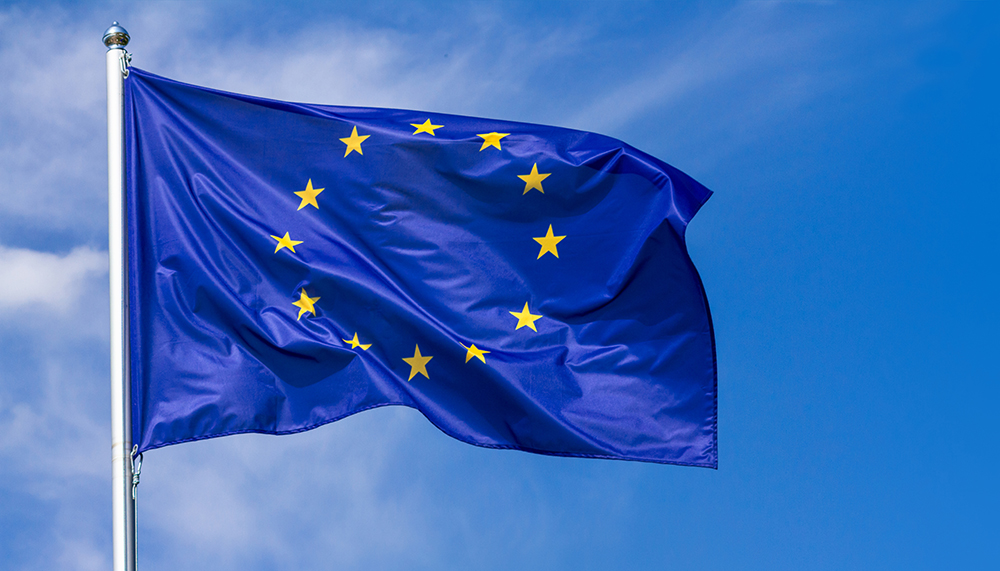Moscow — With the faint hope of a ceasefire in Ukraine on the horizon, Russia is preparing for what it sees as an early Christmas gift: the lifting of U.S. sanctions. Behind the scenes, Kremlin officials are already compiling wish lists of which penalties they hope Washington will remove first.
The Biden-era restrictions, followed by more under Trump’s second administration, have left Russia facing the world’s most extensive sanctions regime—over 6,500 U.S. measures since February 2022. But recent diplomatic gestures, including a statement from White House envoy Steve Witkoff and Russia’s promise to ensure safe passage through the Black Sea, suggest that sanctions relief could follow a ceasefire deal.
Yet even if America acts unilaterally, Russia’s economic revival is far from assured. The European Union—which has imposed even more sanctions than the United States—remains the real gatekeeper of Russia’s financial and trade reintegration.
Trade: A Modest American Windfall, a European Roadblock
A rollback of American trade restrictions might slightly boost bilateral commerce, which has fallen by 90% since 2021, but that trade was never central to Russia’s economy. Pre-war U.S.-Russia trade was worth just $35 billion, while EU-Russia trade stood at over €258 billion ($305 billion).
So long as Europe holds the line, the Kremlin’s hope of reviving significant exports—especially energy and industrial goods—will remain stalled. It was Russia, after all, that shut its own gas pipelines to Europe in 2022, and any resumption would require European political will, not just American leniency.
Energy: Oil Finds a Way, Gas Remains Constrained
Despite U.S.-backed oil price caps and the blacklisting of 155 Russian tankers, Moscow has adapted. Oil exports now exceed pre-war levels, and a global fleet of “shadow tankers” continues to move Russian crude, often via opaque middlemen. As a result, lifting U.S. sanctions alone would offer limited new benefit.
In natural gas, the outlook is even dimmer. Sanctions on the Arctic LNG 2 project could be relaxed, but meaningful export redirection isn’t likely before 2026, when global gas supplies are expected to surge. Meanwhile, European buyers remain cautious, if not openly hostile.
Technology & Exports: Europe Still Critical
While Russia has circumvented many export bans through Chinese rerouting and Central Asian channels, it continues to face shortages of high-tech components—particularly those once supplied by European firms.
Even dual-use technologies (civilian and military applications) that could become accessible through American leniency may remain restricted under European law. For many goods, the EU was the primary supplier, and there is little indication it will soften its stance.
Financial Systems: The West’s Web Still Tight
Russia’s access to international payment systems remains fragmented. Exclusion from SWIFT, Visa, Mastercard, and U.S. dollar clearing networks has caused financial friction, especially with oil buyers like China and India. Even if U.S. restrictions are eased, Europe still controls many chokepoints.
European banks could refuse to process Russian payments out of compliance concerns. Russia’s $300 billion in frozen central bank assets—€274 billion of which sit in Europe—would remain inaccessible.
Russia also remains suspended from the Financial Action Task Force, complicating its global financial credibility.
Investment: Hopes Rise, But Hesitancy Prevails
Foreign investment in Russia has fallen by 43% since 2021, and ownership of Russian government debt has nearly vanished. The ruble has strengthened by 20% since Trump’s return to power, on expectations of renewed capital inflows. But most foreign investors remain cautious.
While some commodity and energy firms may consider a return, the legal, reputational, and operational risks are daunting. Russian expropriation of foreign assets during the war still casts a long shadow.
“Investors haven’t forgotten what happened in 2022,” said one executive at a European asset-management firm. “Any gains from reentry could be wiped out overnight with a new political turn or decree.”
Europe’s Arsenal: Regulatory Pressure, Secondary Sanctions
Should the United States relax sanctions unilaterally, Europe still has powerful tools at its disposal.
- Regulators could warn banks that any Russia-linked payments passing through European financial hubs—London, Frankfurt, Dublin—will trigger legal liability.
- The EU could tighten port access, block tankers carrying Russian oil, or threaten secondary sanctions on countries and firms doing business with Russia.
- The nuclear option: threatening financial isolation for third countries that enable Russian trade.
A Transatlantic Rift?
Europe is notably absent from current American sanctions discussions. “That’s absolutely idiotic,” said one senior EU adviser, speaking on background. “Russia has always seen Europe as the true gatekeeper, not America. If we’re cut out of the talks, we may act independently.”
While Europe risks provoking Trump’s wrath by resisting a U.S.-Russia detente, it may ultimately decide to do just that—especially if peace terms are seen as weak or one-sided.
“Europe holds more leverage than it thinks,” said a former EU trade official. “And if Washington wants to go it alone, the continent still has its own weapons.”



